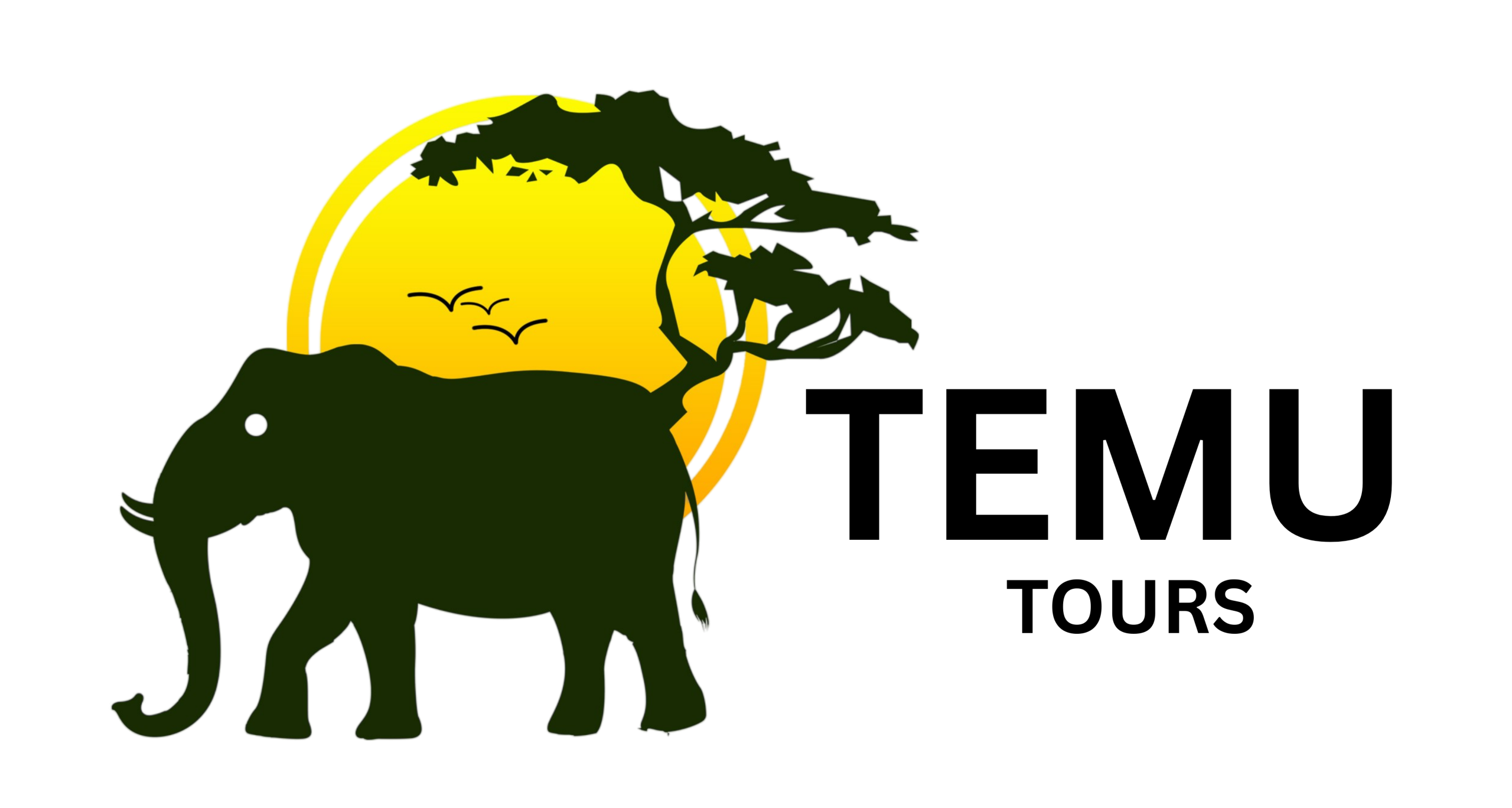Tanzania Safari Tanzania National Parks
Mount Kilimanjaro
Mount Kilimanjaro - Conquering the Roof of Africa
Mount Kilimanjaro, the highest peak in Africa at 5,895 meters (19,341 feet), is one of the most iconic trekking destinations in the world. Located in Tanzania, this dormant volcanic mountain attracts adventurers seeking the challenge of reaching its summit, Uhuru Peak. Unlike technical climbs, Kilimanjaro offers a non-technical trekking experience, making it accessible to both experienced hikers and first-time climbers. However, the journey is demanding due to high altitude and diverse climatic conditions, ranging from lush rainforests to icy glaciers.
The mountain features three volcanic cones—Kibo, Mawenzi, and Shira—and presents a stunning variety of landscapes. As climbers ascend, they pass through five distinct ecological zones, experiencing dramatic changes in scenery and weather. Several well-established routes, such as Machame, Marangu, Lemosho, and Rongai, provide different levels of challenge and scenery, ensuring a unique adventure for every trekker. Reaching the summit of Kilimanjaro is not just a physical achievement but a profound and life-changing experience, offering breathtaking views from the Roof of Africa.
Where is Mount Kilimanjaro Located?
Climbing Kilimanjaro Expeditions
Our Climbing Kilimanjaro Expeditions offer a once-in-a-lifetime opportunity to conquer Africa’s highest peak with expert guidance and unparalleled support. Whether you’re an experienced hiker or a first-time trekker, our carefully crafted itineraries cater to all levels of adventurers, ensuring that you not only reach the summit but do so safely and comfortably. We offer a range of routes, including Machame, Lemosho, Marangu, Rongai, and the Northern Circuit, each providing unique landscapes and experiences. Our experienced guides and porters are with you every step of the way, helping you navigate Kilimanjaro’s challenging terrain while ensuring you enjoy the journey.
From the lush rainforests at the base to the icy landscapes of the summit, our expeditions take you through five distinct ecological zones, showcasing the diverse beauty of the mountain. With a focus on acclimatization, safety, and comfort, we ensure that our climbers are well-prepared for the altitude and the physical demands of the climb. Our packages include all the necessary logistics, from transfers to meals and gear, so you can focus on the adventure ahead. Whether you’re looking for a challenging trek or a scenic, rewarding experience, our Kilimanjaro expeditions provide the perfect blend of adventure, challenge, and natural beauty.
The main attractions of Mount Kilimanjaro
Uhuru Peak


Kilimanjaro's Glaciers
Rainforest Zone
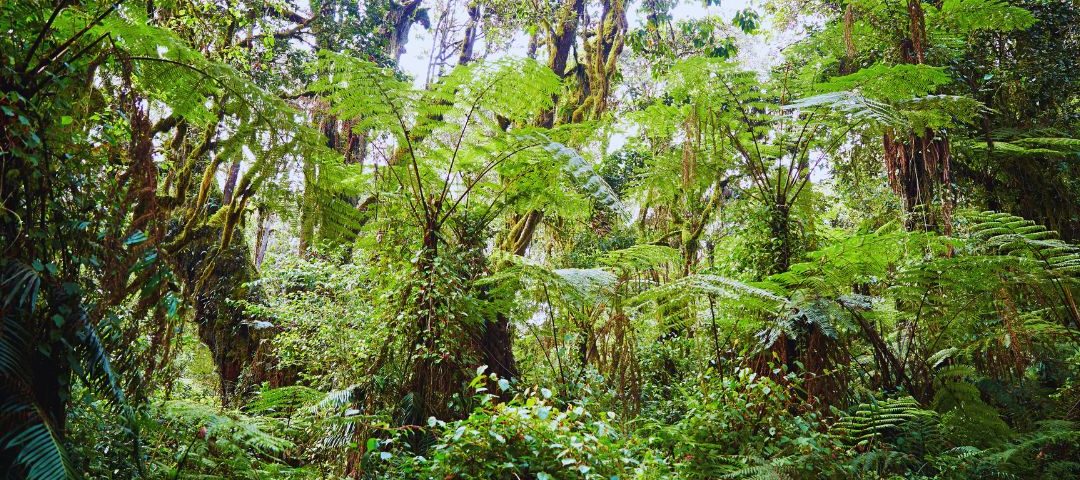

Mawenzi Peak
Mawenzi is the second-highest peak of Kilimanjaro, standing at 5,149 meters (16,893 feet). Its rugged, eroded rock formations present a dramatic contrast to the smooth slopes of Kibo. Although not often climbed, Mawenzi remains a stunning sight and a challenging feature for trekkers.
Shira Plateau

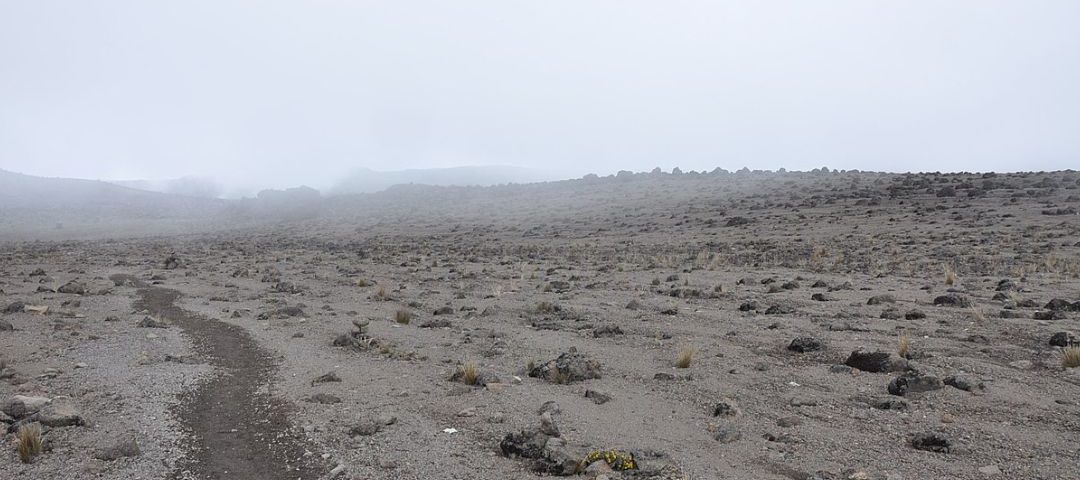
Alpine Desert
Kilimanjaro's Wildlife


Mweka Forest
Lava Tower

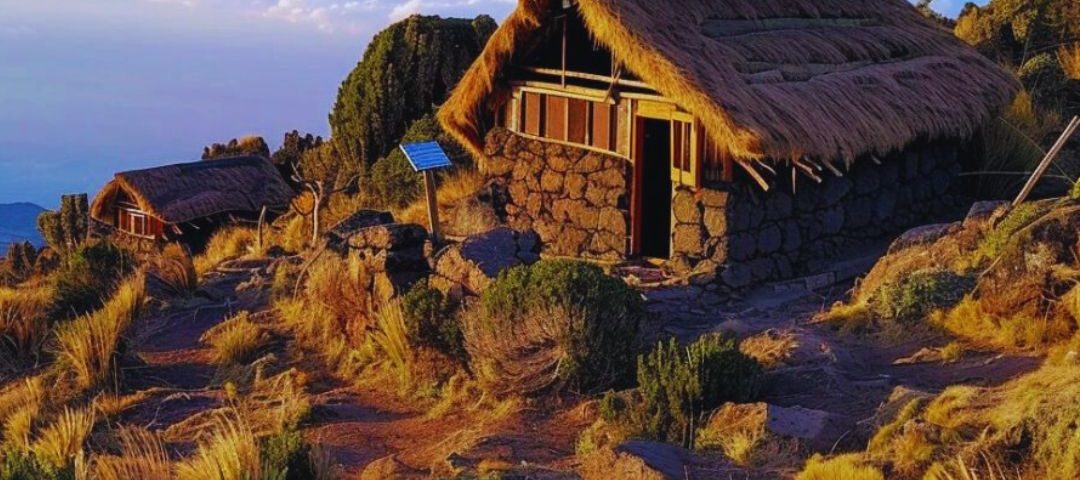
Kibo Hut
Frequently Asked Questions About Mount Kilimanjaro
How difficult is it to climb Mount Kilimanjaro?
Climbing Kilimanjaro is considered a challenging but achievable trek. It does not require technical climbing skills, but the high altitude, cold temperatures, and long trekking days make it physically demanding. The difficulty varies based on the chosen route and acclimatization strategy. The best way to increase the chances of success is to follow a gradual ascent, stay hydrated, and allow ample time for acclimatization. Trekkers should also prepare with cardiovascular and strength training before the climb. The success rate depends on the duration of the trek, with longer routes like Lemosho and Machame having higher success rates. Choosing an experienced guide and proper gear significantly enhances the experience and safety. Mental resilience and determination also play a crucial role in reaching the summit.
What is the best time to climb Mount Kilimanjaro?
The best time to climb Kilimanjaro is during the dry seasons: January to early March and June to October. These months offer clear skies, warmer temperatures, and lower chances of rain, making the trek more comfortable and scenic. The January-March window is slightly colder, with fewer crowds, while the June-October period aligns with peak travel seasons. The wet seasons, from April to May and November, present challenges such as muddy trails and poor visibility. However, some trekkers prefer these months for solitude and a unique experience. Choosing the right time depends on personal preferences, weather conditions, and crowd levels. Regardless of the season, preparing for variable weather, including cold nights at high altitudes, is essential for a successful climb.
Which route should I take to climb Kilimanjaro?
Kilimanjaro has several routes, each offering different experiences. The Marangu Route is the only one with hut accommodations, making it popular for comfort seekers, but it has a lower success rate due to its rapid ascent. The Machame Route, known as the “Whiskey Route,” is scenic and challenging, offering better acclimatization. The Lemosho and Northern Circuit Routes are excellent for acclimatization due to their longer duration and scenic diversity. The Rongai Route approaches from the north and is drier, ideal for those trekking during the rainy season. The Umbwe Route is steep and direct, recommended only for experienced climbers. Choosing the right route depends on fitness level, experience, and time availability, with longer routes increasing summit success rates.
Do I need special training to climb Mount Kilimanjaro?
While no technical climbing skills are required, physical preparation is crucial. Training should focus on cardiovascular endurance, strength, and hiking stamina. Activities such as running, cycling, swimming, and stair climbing help build endurance. Long hikes with a weighted backpack simulate the actual climb and prepare the body for long walking hours. Strength training for legs, core, and upper body improves stability and balance on rugged terrain. Practicing hikes at high altitudes, if possible, helps with acclimatization. Mental preparation is equally important, as determination and perseverance play a key role in reaching the summit. Starting a training program at least two to three months before the climb ensures better fitness and an enjoyable trekking experience.
What are the risks of altitude sickness on Kilimanjaro?
Altitude sickness is a major concern for Kilimanjaro climbers due to the rapid ascent. Symptoms include headaches, nausea, dizziness, fatigue, and shortness of breath. Severe cases can lead to high-altitude pulmonary edema (HAPE) or high-altitude cerebral edema (HACE), which are life-threatening. To minimize risks, climbers should follow a slow ascent, stay hydrated, and choose routes that allow proper acclimatization. The “pole pole” (slowly, slowly) approach helps the body adjust to decreasing oxygen levels. Some climbers use altitude sickness medication, such as Diamox, but it should be taken under medical advice. If symptoms worsen, descending immediately is the best remedy. Listening to the guide’s instructions and monitoring health conditions ensures a safe and successful climb.
What wildlife can be seen on Kilimanjaro?
While Kilimanjaro is not primarily a wildlife destination, climbers can spot unique animals along different altitude zones. In the rainforest zone, blue monkeys, black-and-white colobus monkeys, and bush babies are common. Elephants, buffaloes, and leopards occasionally roam the lower slopes, though sightings are rare. The moorland zone features unique flora like the giant groundsels and lobelias. Higher up, birdwatchers can spot species like the white-necked raven and malachite sunbird. The alpine desert and summit zones are mostly barren, with only a few resilient species like the Kilimanjaro shrew. The diverse ecosystems make the trek a unique blend of adventure and natural beauty, with opportunities to witness Kilimanjaro’s distinct wildlife and plant life.
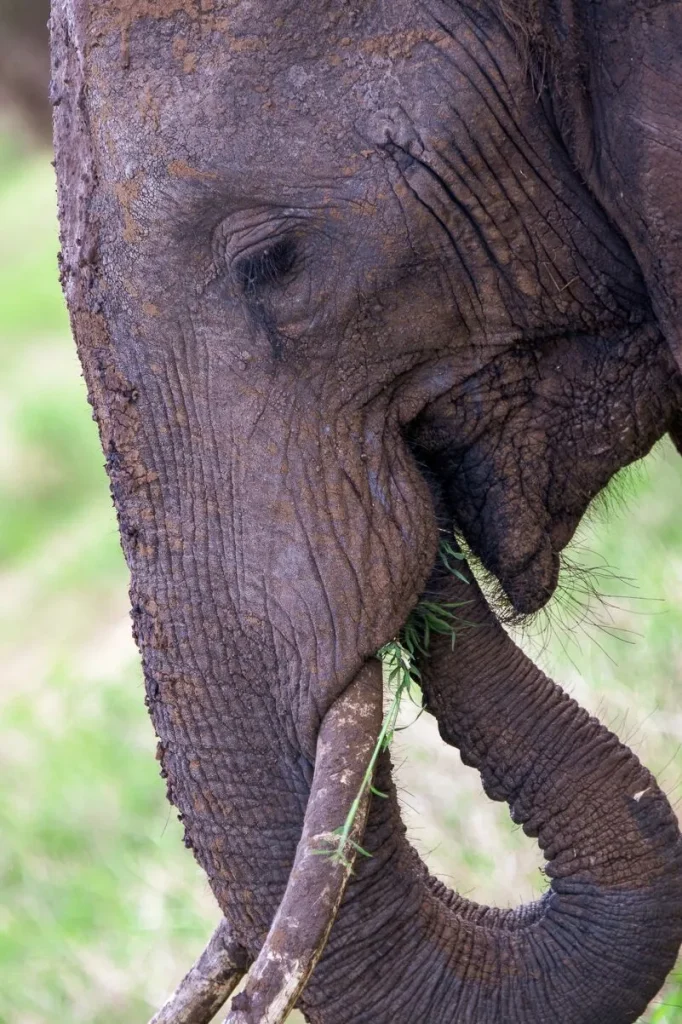
Why Choose Us
Our Passionate Team Guarantees an Unforgettable Adventure for You
- Expert Local Guides
- Tailor-Made Itineraries
- Commitment to Sustainability
